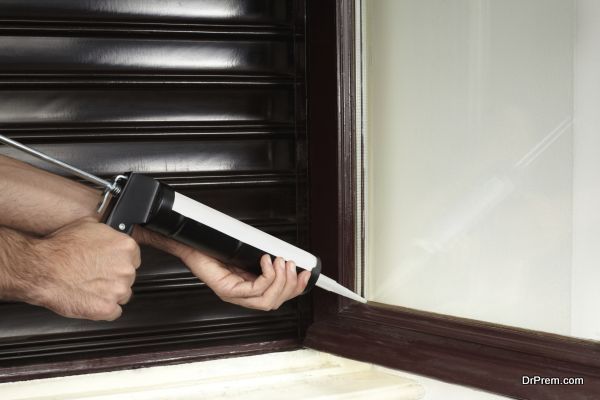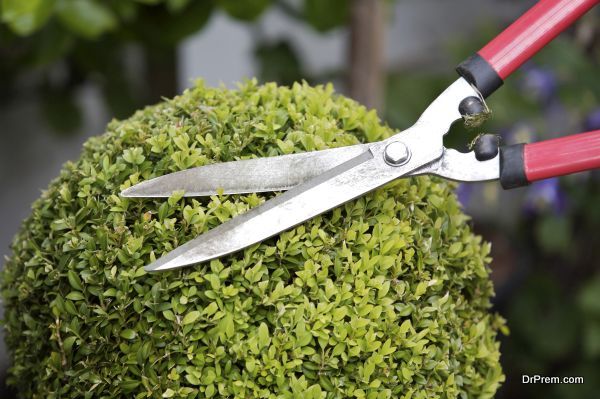Did you know that nearly half of U.S. households primarily use natural gas to heat their homes and that the average winter heating cost is expected to climb 28% over last year to reach $931?
Meanwhile, around 40% of U.S. households mostly use electricity to heat their homes. Those households will pay an estimated $1,359 per household this year — up 10% versus last winter.
When considering how much it costs to heat a home, you might be interested in learning how to make it more energy efficient. Doing so might help you keep more money in your pocket this winter. With that said, here’s a look at five ways to make your home more eco-friendly.
1. Enjoy More Natural Light
One way to reduce your dependence on your furnace is by allowing more natural light to filter into your home during the day. So, open your drapes, curtains, blinds, shutters, or whatever window coverings you have in place. Doing this during the day will allow you to benefit from the greenhouse effect as the sun helps to heat up your residence.
That doesn’t mean you’ll be able to switch off your HVAC. But you might be able to dial it down a few degrees, which will help save you some money over time. Natural light offers many benefits that you can take advantage of — and the cost is just right because it’s free.
2. Get a Fireplace Insert
Another way to be more eco-friendly this winter is by installing a fireplace insert. You can usually get seasoned wood for a fraction of what you would pay to heat your home with natural gas or electricity. The drier, or more seasoned the wood is, the more heat it will generate when burning.
So, if you’re tired of relying on costly natural gas to heat your home, explore the benefits of getting yourself a fireplace insert. You’ll not only save money over time, but you’ll also get the added benefit of protection since the fireplace insert will work even if there’s a power outage. That means you and yours can stay warm until the power grid is back up and running.
3. Close Window Coverings at Night
While it’s a good idea to open your window coverings during the daytime, you should close them at night to help prevent heat loss. You may or may not know that your windows are a primary source of heat loss. Even if you have double- or triple-pane windows, they won’t have as much insulation as your walls. That’s why it makes sense to close your window coverings at night.
While you’re at it, close your windows as well. You’ll lose a lot of heat if your windows are left open for long periods of time during the winter period.
4. Stop Drafts and Air Leaks
You’ll definitely want to stop drafts and air leaks if you wish to make your home more energy efficient. Weather stripping and caulking are relatively inexpensive, but they can make a big difference in boosting your home’s energy efficiency. When it comes to tackling drafts and air leaks, remember things like your windows, external doors, basement, and attic. If you focus on those areas, you’ll keep air from outside from getting inside.
5. Dial Down Thermostat When Everyone’s Asleep
You can also be more energy efficient if you get in the habit of turning down your thermostat at night when everyone’s asleep. If everyone in your home is away during the daylight hours for work or school, then you could turn down the thermostat for several hours during daylight hours.
Be mindful, of course, of the needs of your pets. You don’t want your home to be too cold for your cats, dogs, or whatever pets you may have. But turning down the thermostat when your home is unoccupied is a great way to reduce your energy consumption,
You can make things easier by getting a smart thermostat that you can program whether you’re at home or elsewhere. You can also set things up so that the smart thermostat automatically adjusts the temperature to your liking throughout the day.
If you’re interested in being more energy efficient this winter, these five recommendations will help keep you on the right track. You’ll find that a few simple changes can help you make your home more eco-friendly even as you stay toasty and warm during the cold weather months.
Article Submitted By Community Writer




